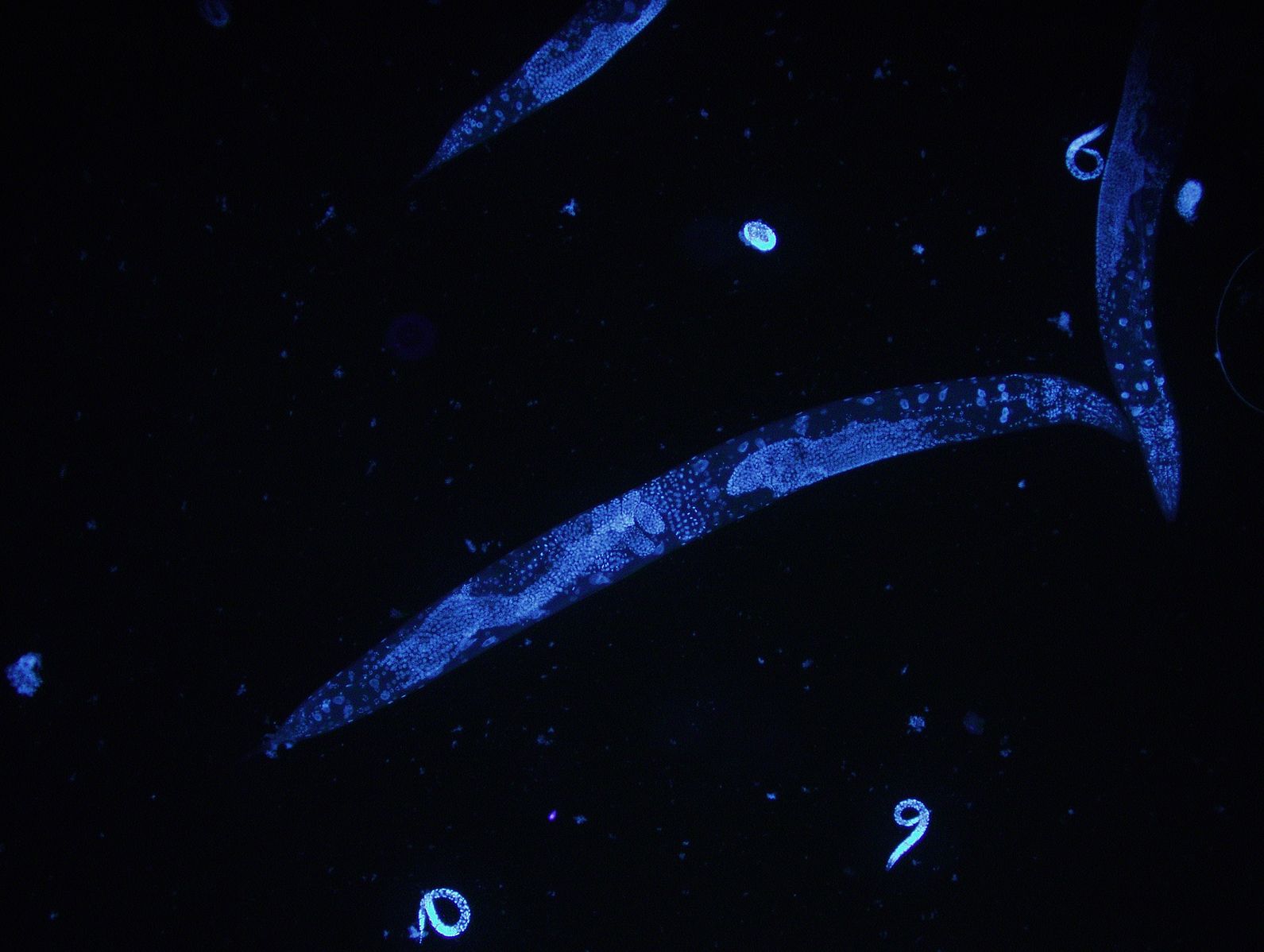Someone Programmed an Arduino Board with a Worm’s Brain

Credit to Author: Michael Byrne| Date: Thu, 05 Oct 2017 12:00:00 +0000
There isn’t much to Caenorhabditis elegans. At about 1 mm in length, it’s the smallest of the roundworms. C elegans mostly consists of a primitive digestive tract and some clear gunk. It has a brain, but it’s just about the minimum possible arrangement of neurons that could be considered as such. That’s 302, while humans pack something like 86 billion neurons. Still, it’s the only organism whose whole brain (or connectome) has been completely mapped.
Approximating a human brain is maybe not even possible, but a primitive parasite is another story. It doesn’t have to take much computing power at all. Those 302 neurons can be simulated on hardware as primitive as an Arduino Uno board, as demonstrated by Nathan Griffith’s Nematoduino project, a robotic simulation of the aforementioned worm.
The actual worms sense their world via chemicals. They have a great nose-type structure that lets them pick up on even subtle environmental cues. On the Nematoduino, sensation takes the form of a distance sensor. Locomotion, meanwhile, is at about worm level. The Nemtatoduino goes forward and backward, with the neurons governing each movement roughly correlated to the actual locomotion neurons of the worm.
The simulation consumes about 40 percent of the Arduino board’s program memory and about 42 percent of its SRAM. It can be extended, in other words. To that end, the Nematatoduino is open-source. As Griffith writes on the project’s Github page: “It’s my hope that nematoduino will end up in the hands of a lot of students and neurorobotics hobbyists!”